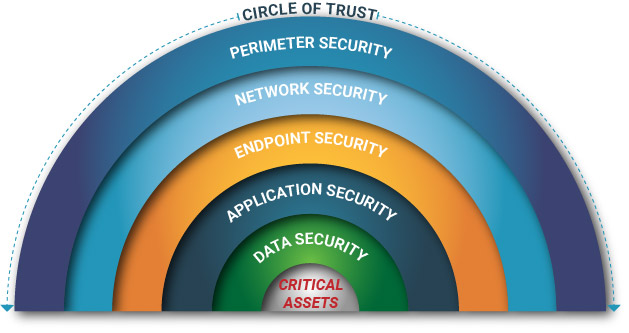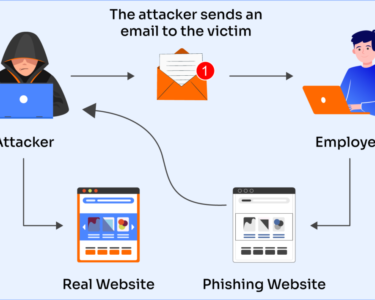
Digital Security: Adopting a Human-Centric Approach
In today’s digital age, cybersecurity has become paramount. As individuals and organizations rely increasingly on technology, the need to protect sensitive data and systems from cyber threats is more critical than ever. While traditional security measures have focused primarily on technological solutions, a growing recognition of the human element in cybersecurity has led to the emergence of a human-centric approach to digital security.
The Importance of the Human Factor
Humans are often the weakest link in cybersecurity. They can fall prey to phishing scams, make mistakes that compromise passwords, or inadvertently introduce malware into systems. Traditional cybersecurity measures have tended to overlook this human element, focusing instead on technical solutions such as firewalls and antivirus software. However, research has shown that even the most robust technological safeguards can be compromised by human error or malicious intent.
A Human-Centric Approach
A human-centric approach to digital security recognizes the importance of human behavior in cybersecurity defense. It focuses on understanding the cognitive and psychological factors that influence people’s online behavior, and on designing security measures that take these factors into account.
Key aspects of a human-centric approach include:
- Security awareness education: Providing employees, customers, and other stakeholders with training and resources to help them understand cybersecurity risks and best practices.
- Usability and design: Designing security measures that are easy to use and understand, reducing the likelihood of human error.
- Behavioral science: Applying insights from psychology and behavioral science to develop security interventions that encourage desirable behaviors and discourage risky ones.
- Continuous monitoring: Regularly assessing the effectiveness of security measures and making adjustments based on observed behavior.
Benefits of a Human-Centric Approach
Adopting a human-centric approach to digital security offers several benefits:
- Increased security effectiveness: By addressing the human element, organizations can reduce the likelihood of security breaches caused by human error or malicious intent.
- Improved compliance: Human-centric security measures can help organizations meet regulatory compliance requirements that emphasize the importance of user awareness and training.
- Enhanced user experience: By considering the needs and capabilities of users, security measures can be designed to be less intrusive and more user-friendly.
- Cost savings: A human-centric approach can help organizations avoid costly data breaches and other security incidents.
Conclusion
In today’s digital landscape, a human-centric approach is essential for effective digital security. By understanding the human element and designing security measures that take these factors into account, organizations can significantly reduce their cybersecurity risk and protect their valuable assets. By prioritizing human behavior, organizations can create a more secure and resilient digital environment for all.



